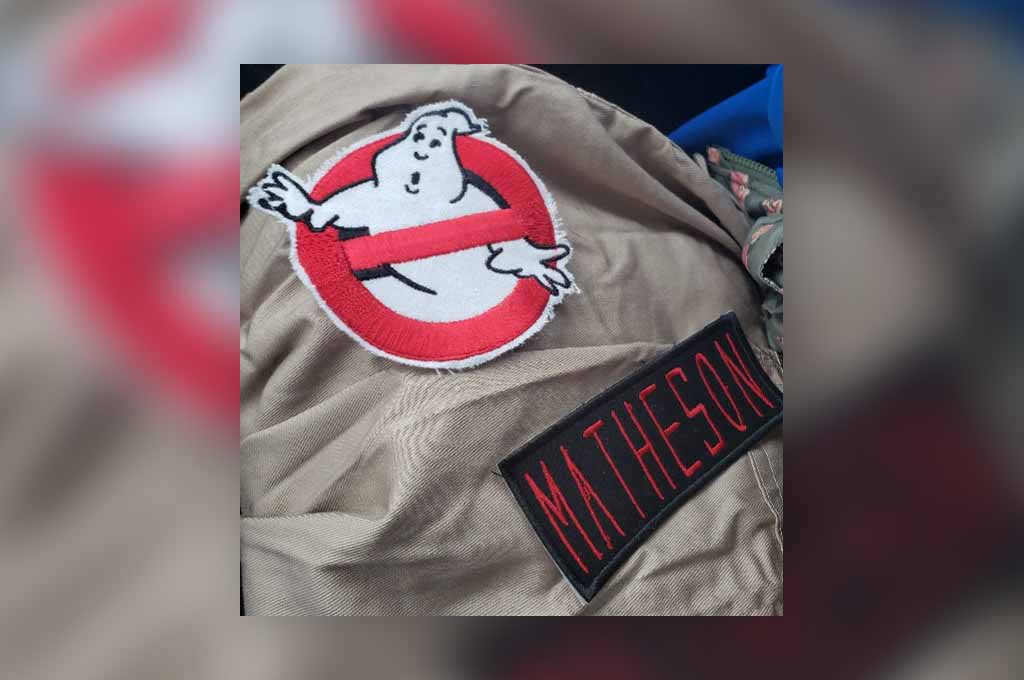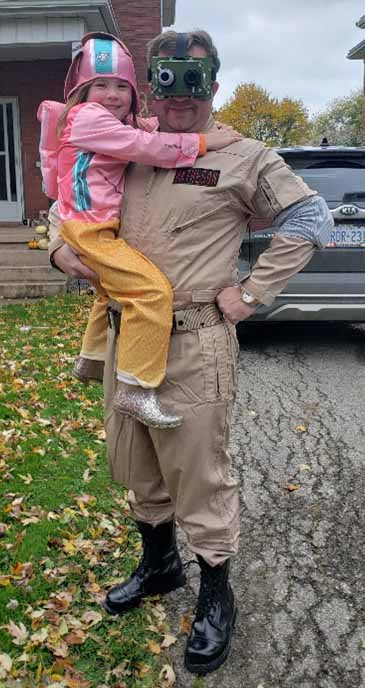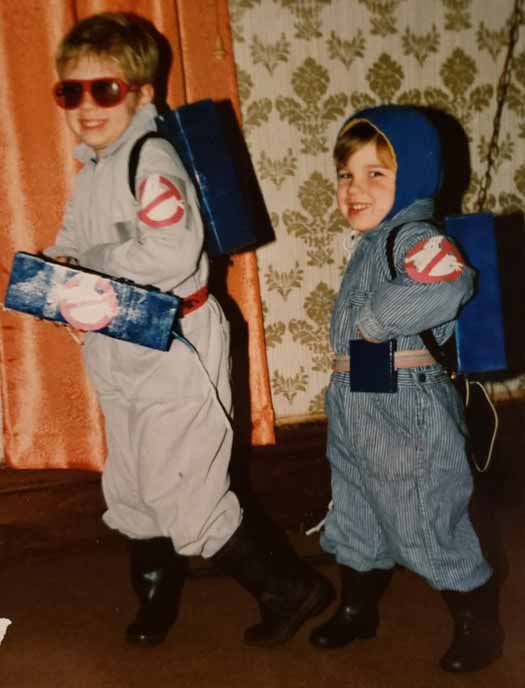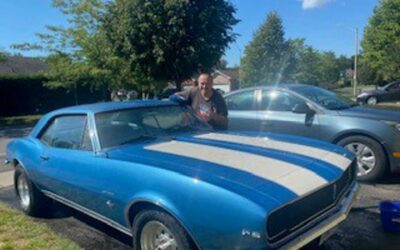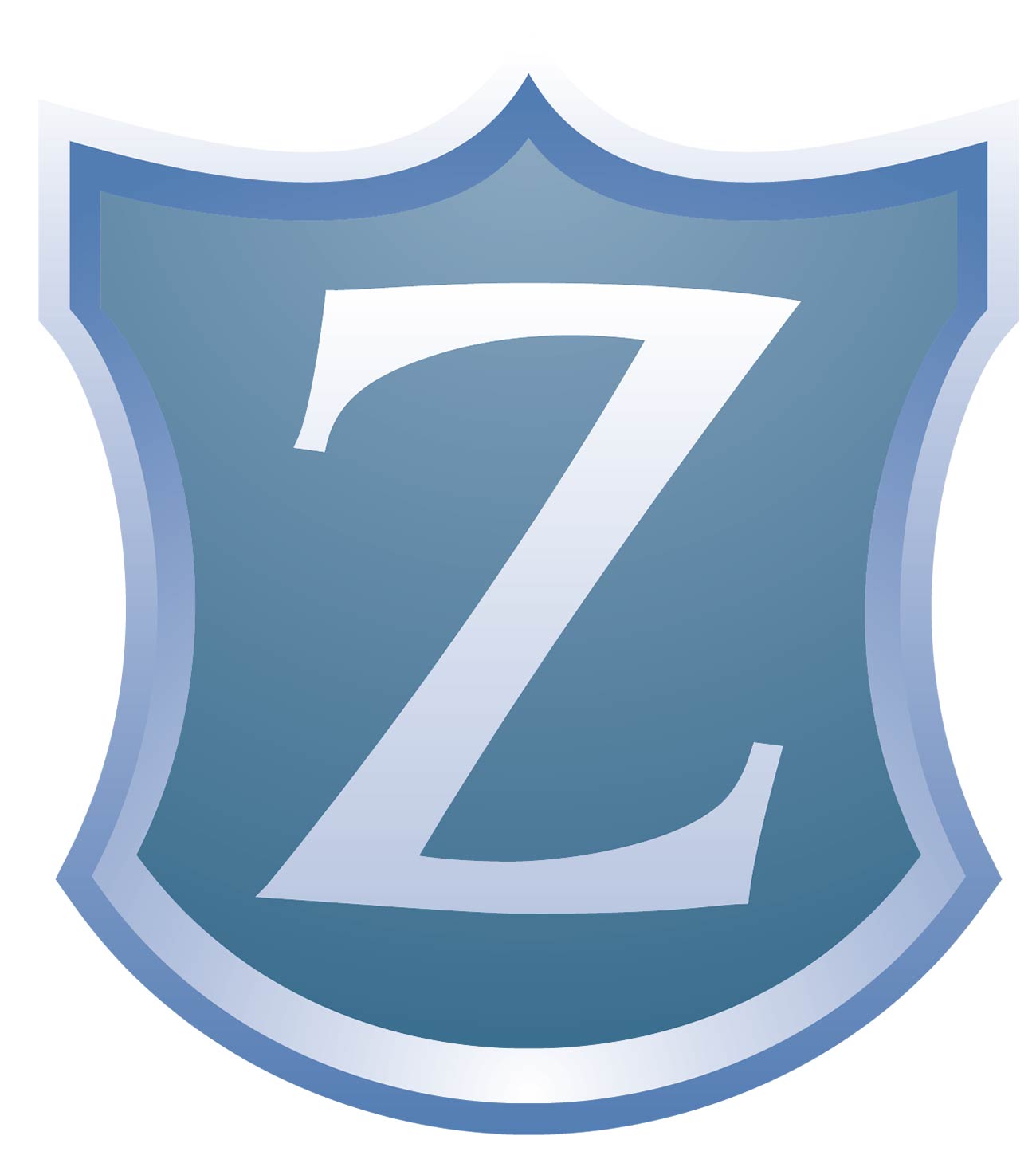
Written by Jeremy Matheson, Richard Zehr & Matthew Fleming
Zehr Insurance Brokers Ltd.
The Ghostbusters Business Model
This is just some of the destruction that was caused by the team in Ghostbusters (1984). They may have a powerful damage waiver on their contract’s or they are under-going constant litigation due to the damage they have caused.
Either way, the damage sustained during their busting activities resulted in them “getting sued by every state, county and city agency in New York”, and ultimately their going-out of business (or maybe it was bad business planning).
Check out this article on Inverse about the Ghostbusters business model, which does contradict some of my own article, but sheds more light on their business plan (without mentioning the insurance part of it) .
Five Years Later Part 2 further examines the impact of the Ghostbusters having more robust insurance coverage to determine whether this led to the collapse of the Ghostbusters.
Insurance Coverage
Part 2 further examines the impact of the Ghostbusters having more robust insurance coverage to determine whether this led to the collapse of the Ghostbusters.
Commercial General Liability
To obtain an estimate on a commercial general liability and commercial property policy, we need to make some assumptions.
First, to assign a premium for liability we need to know how much business the GB’s are doing. Based on the fee charged to the Sedgewick Hotel for approximately 2-3 hours of work (x3 employees) and a fee of $5,000 (exaggerated surcharges applied for proton charging and storage), we can assume a single ghost would result in charges of between $2,500 – $4,000. Judging by the increased amount of paranormal activity in the city, the number of ghosts that flee HQ through the roof when Walter Peck has the containment facility shut down, and how exhausted the team becomes, I think we can assume a minimum of seven ghost catches per week.
7 ghosts x $4,000 = $28,000 / week x 52 weeks = $1,456,000 gross receipts.
“Now, for the entrapment, we’re gonna have to ask you…… for four big ones, Four thousand dollars for that. But we are having a special this week on proton charging and storage of the beast…… and that’s only gonna come to one thousand dollars, fortunately.”
As far as the operations go, Ghostbusting is not a recognized industry code in the insurance world. We will use industry code 7391 – Exterminators as the principal code.
“What are you supposed to be, some kind of cosmonaut?”
“ No. We’re exterminators. Somebody saw a cockroach up on twelve.”
“That’s gotta be some cockroach.”
“ Bite your head off, man.”
Since the proton packs have built-in nuclear accelerators, the CGL must also have the standard exclusions for nuclear exposures removed. This means we will likely need to source our CGL policy from an MGA (Managing General Agent) with specific coverage for nuclear risks. The issue of the nuclear accelerators being ‘unlicensed’ is also of concern, but we will need to overlook that for the purpose of this blog.
“Why worry? Each of us has an unlicensed nuclear accelerator on our back”.
The automobile policy we previously discussed required an OPCF 30 to be added to the policy to exclude the operations of the attached machinery. The CGL policy needs to pick this exposure back up.
When considering a limit of general liability, we should ask ourselves; in the worst-case scenario, how much damage could the applicant cause? In the case of the Ghostbusters, this number is significant. They not only deal with residential consumers, but also in commercial exposures such as hotels, apartments, and other commercial clientele. In keeping with the current market, lets go with a $5,000,000 commercial general liability limit, while also recommending the addition of an umbrella or additional excess limits for whatever maximum can be found.
Building, Stock, Equipment
Ghostbusters headquarters is a three-story structure that is currently used as a Now York City Fire Department station. When a CoreLogic Commercial Building Evaluator is completed on this building (and location amended to downtown Toronto), we come to a replacement cost of $1,250,000.
Stock and equipment would include the furniture and fixtures within the building, including specialized equipment like the ecto-containment unit/storage facility. They team also lives in the building, so we need to accommodate for beds, dressers and other items. I anticipate that the value of the containment unit itself must be at least $250,000. When you add in the other equipment, we need to have a limit of at least $750,000 on stock and equipment.
If we are lucky, we may be able to obtain terms on a POED basic (property of every description) which would include the building, stock, and equipment under one limit. We will carry a limit of $2,000,000.
Miscellaneous Property Floater
Proton packs, traps, Giga meters, PKE meters, Ecto-goggles – all of these items travel with the team to and from jobsites in Ecto-1. Establishing a value on these items is difficult, we know they would get very pricy with the nuclear elements attached. Ecto-goggles are a modified version of night vision that aid in the detection of ghosts and other paranormal entities. Standard, military night vision goggles can price in between $5,000 – $8,000. With the modifications required to see paranormal entities, I estimate the total cost of the goggles to be $12,000.
The technology on proton packs is unique to the Ghostbusters, but we know that there is a nuclear element to it that carries a half-life of 5,000 years. Along with the custom builds completed by Egon and Ray, the units would easily reach $25,000 each. For a full description of how the packs function, check out this link.
Let’s set the traps at $5,000 per (four traps plus a couple of extras), while the PKE and Giga metres around $7,500 each.
With these numbers in mind and various other items requiring coverage, we will need a limit of close to $200,000 for our miscellaneous property floater.
Polution Coverage
“Presence of noxious, possibly hazardous waste chemicals in your basement”. Concerned about what goes on at Ghostbusters HQ, the EPA is after the Ghostbusters part-way through the movie. We have no idea what chemicals or pollutants are required for the entrapment and containment of ghosts, but we should assume there are some.
First party pollution coverage is required when their own premises is damaged from the leakage or accidental discharge of these chemicals, while Pollution Liability would be required in the case where this pollution escapes the premises, or the chemicals, etc. are used off-site. We know off-site usage does occur due to the addition of the muon scrubbers, EMF scrubbers and high-intensity micro-foam (likely some funky stuff in those).
The highest limits available for this coverage should be purchased, but this may max out at a $2,000,000 limit.
Surety Bonds and the Guarantee of Safety
The Ghostbusters are engaged in what you may call a high-risk business. From the destruction of property caused by their pursuit of the otherworldly to the use of nuclear technology, by working with various levels of Government and being paid out of public funds, surety bonds would be requested.
The Ghostbusters would be evaluated loosely based on the Three C’s of Surety – Capital, Character, and Capacity.
Capital is the liquidity of the company and their ability to finance their operations. Financial information such as balance sheets, income statements, and cash flow statements would be reviewed and possibly CPA audits would be required.
Character is based on the owners and managers desire to see out a successful project. The Ghostbusters chose their line of work through personal and professional interest in learning about and protecting the world from ghosts.
Capacity relates to the ability to understand the complexities of their profession and ability to complete a contract. Having the right equipment to complete the type of work involved and having the experience necessary to plan and execute the current job.
Once the underwriting process is completed, the Ghostbusters may be required by municipal or state governments to purchase a variety of surety bonds. These bonds are instruments designed to guarantee the completion of their jobs and that all regulations and statues are observed – particularly environmental impairment laws.
Surety bonds are a very important and often misunderstood line of insurance. So, it’s a good thing that the Ghost Busters are working with their brokers at Zehr Insurance to obtain the right surety bond coverage.
Conclusion
Having proper commercial automobile and commercial general liability insurance in place certainly would have helped to mitigate the effects of the damage caused by the team in Ghostbusters (1984), however it likely would not have provided the level of financial relief required for them to remain in business. The sheer amount of damage caused by Stay Puft would have exhausted any available commercial general liability limits.
Also, once Gozer was destroyed at the end of the movie, the psychokinetic energy in the city would have decreased significantly, thereby eliminating their only source of revenue.
Franchising their business as suggested by Peter when Ray added the third mortgage to his home may have been their best chance at survival, as many other cities likely have supported Ghostbusters in their communities.
In conclusion, the downfall of the Ghostbusters was not due to their inadequate insurance policies, rather due to bad business planning.
See you all later this week with the release of Ghostbusters: Afterlife!
By Jeremy Matheson, Richard Zehr & Matthew Fleming

